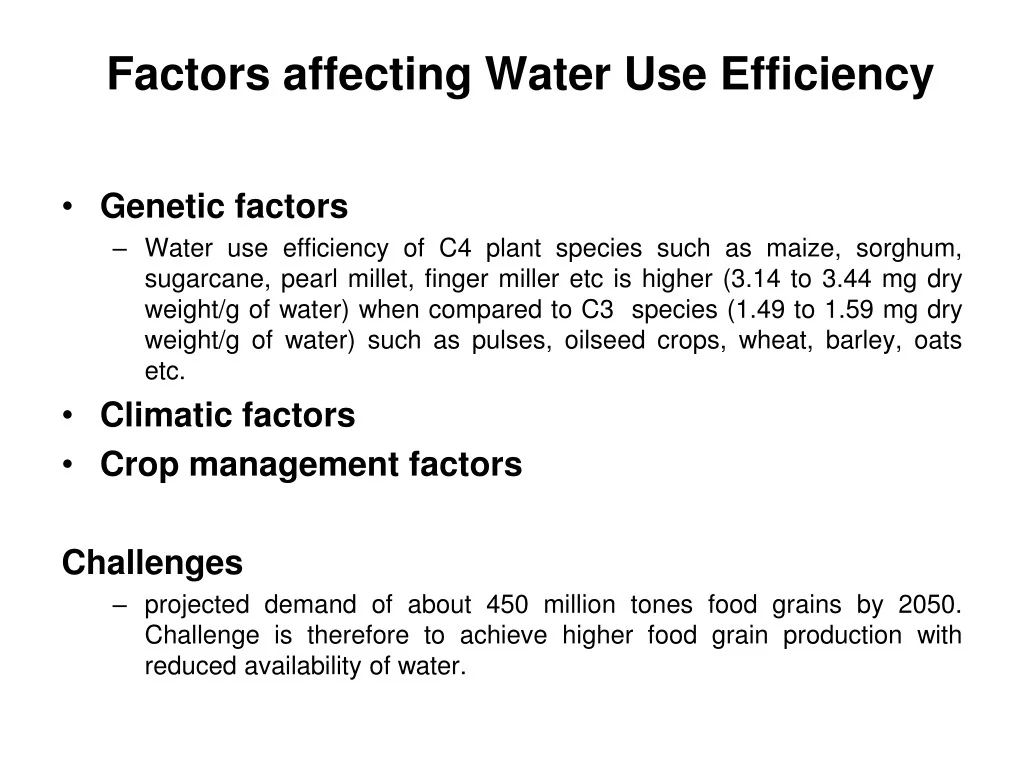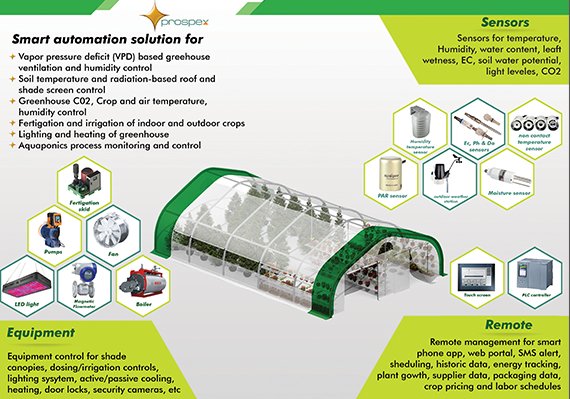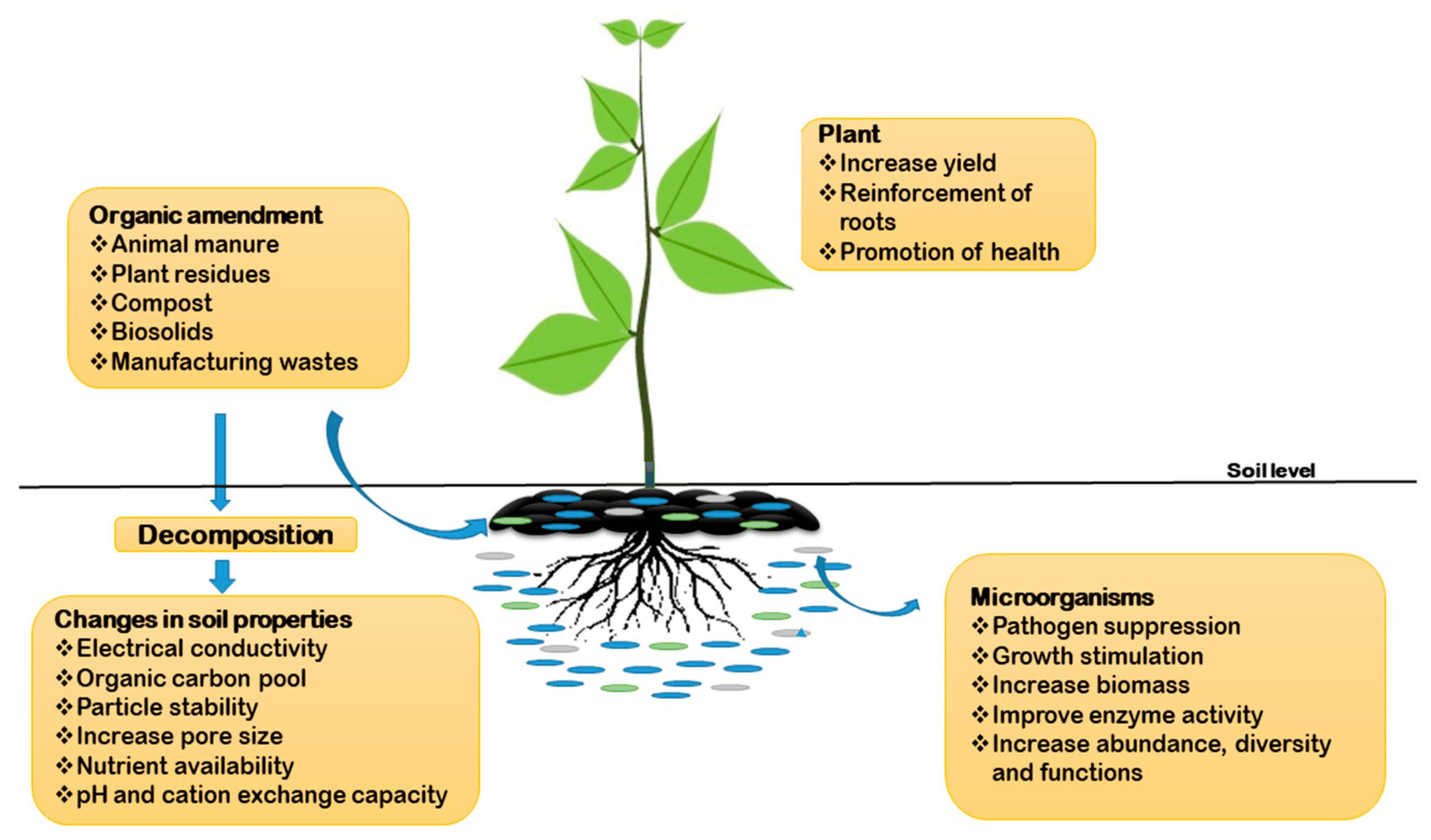
Understanding Plant Water Efficiency: A Comprehensive Guide
Water, the elixir of life, is undeniably crucial for all living organisms, and plants are no exception. However, with increasing concerns about water scarcity and climate change, understanding and improving plant water efficiency has become more critical than ever. This comprehensive guide delves into the intricacies of plant water efficiency, exploring its significance, underlying mechanisms, measurement techniques, and strategies for enhancement.
Plant water efficiency (WUE) essentially refers to the amount of biomass a plant produces for each unit of water it consumes. It’s a key indicator of how well a plant utilizes water resources, reflecting its ability to thrive in water-limited environments. High WUE means a plant can produce more food or fiber with less water, making it a valuable trait in agriculture and ecosystem management.
Why Plant Water Efficiency Matters
The importance of plant water efficiency extends far beyond the realm of botany. It has profound implications for food security, environmental sustainability, and economic stability. Let’s explore some key reasons why WUE matters:
- Food Security: As the global population continues to grow, the demand for food is increasing exponentially. Improving WUE in crops can significantly enhance agricultural productivity, ensuring a more sustainable food supply for future generations.
- Water Conservation: Agriculture is a major consumer of freshwater resources. By enhancing WUE in crops, we can reduce the strain on these precious resources, freeing up water for other essential uses.
- Climate Change Adaptation: Climate change is predicted to exacerbate water scarcity in many regions. Plants with high WUE are better equipped to withstand drought conditions, making them more resilient to the impacts of climate change.
- Economic Benefits: Improving WUE can lead to reduced irrigation costs for farmers, increased crop yields, and enhanced profitability. It can also create new opportunities for developing drought-resistant crops and technologies.
- Environmental Sustainability: Efficient water use by plants reduces the need for excessive irrigation, which can lead to soil degradation, water pollution, and ecosystem disruption. By promoting WUE, we can contribute to a more sustainable and environmentally friendly agricultural system.
The Science Behind Plant Water Efficiency
Plant water efficiency is a complex trait influenced by a variety of physiological, biochemical, and environmental factors. Understanding these factors is crucial for developing effective strategies to improve WUE. Here’s a closer look at the science behind WUE:
Photosynthesis and Transpiration: A Balancing Act
Photosynthesis, the process by which plants convert light energy into chemical energy, is intimately linked to transpiration, the process by which plants lose water vapor through their leaves. During photosynthesis, plants open tiny pores called stomata on their leaves to take in carbon dioxide (CO2) from the atmosphere. However, when stomata are open, water vapor also escapes from the leaves, leading to transpiration.
The trade-off between photosynthesis and transpiration is a fundamental challenge for plants. They need to open their stomata to obtain CO2 for photosynthesis, but this also leads to water loss. Plant water efficiency represents the balance between these two processes – how much carbon a plant can fix for each unit of water it loses.
Key Factors Influencing Plant Water Efficiency
Several factors can influence plant water efficiency, including:
- Stomatal Conductance: Stomatal conductance refers to the rate at which CO2 enters and water vapor exits the leaves through the stomata. Plants can regulate stomatal conductance to control water loss.
- Photosynthetic Capacity: The photosynthetic capacity of a plant determines how efficiently it can convert CO2 into biomass. Plants with high photosynthetic capacity can fix more carbon with less water loss.
- Leaf Morphology: Leaf size, shape, and structure can influence transpiration rates. Plants with smaller, thicker leaves tend to have lower transpiration rates and higher WUE.
- Root System Architecture: The extent and distribution of a plant’s root system determine its ability to access water from the soil. Plants with deep, extensive root systems are better able to extract water from dry soils.
- Environmental Conditions: Environmental factors such as temperature, humidity, and light intensity can significantly influence transpiration rates and WUE.
Genetic and Molecular Mechanisms
Plant water efficiency is also influenced by genetic and molecular mechanisms. Scientists have identified several genes that play a role in regulating stomatal development, photosynthetic capacity, and root system architecture. By manipulating these genes, it may be possible to develop crops with enhanced WUE.
Measuring Plant Water Efficiency
Accurately measuring plant water efficiency is essential for assessing the performance of different plant species, evaluating the effectiveness of water management strategies, and breeding crops with improved WUE. Several methods can be used to measure WUE, each with its own advantages and limitations.
Gas Exchange Measurements
Gas exchange measurements are a common method for assessing plant water efficiency. These measurements involve quantifying the rate of CO2 uptake and water vapor loss from leaves using specialized instruments called gas exchange analyzers. By calculating the ratio of CO2 assimilation to transpiration, researchers can estimate WUE.
Stable Isotope Analysis
Stable isotope analysis is another powerful technique for measuring WUE. This method relies on the fact that plants discriminate against heavier isotopes of carbon and oxygen during photosynthesis and transpiration. By measuring the isotopic composition of plant tissues, researchers can estimate the long-term WUE of a plant.
Biomass and Water Use Measurements
A simpler approach to measuring WUE involves quantifying the total biomass produced by a plant and the amount of water it consumes over a specific period. The ratio of biomass to water use provides an estimate of WUE. This method is relatively easy to implement, but it can be less accurate than gas exchange or stable isotope analysis.
Remote Sensing Techniques
Remote sensing techniques, such as satellite imagery and aerial photography, can be used to assess WUE over large areas. These techniques rely on the fact that plant water status and photosynthetic activity are reflected in the spectral properties of vegetation. By analyzing these spectral properties, researchers can estimate WUE at the landscape scale.
Strategies for Enhancing Plant Water Efficiency
Improving plant water efficiency is a multifaceted challenge that requires a combination of approaches, including:
Breeding and Genetic Engineering
Breeding and genetic engineering offer promising avenues for developing crops with enhanced WUE. By selecting for desirable traits, such as high photosynthetic capacity and low stomatal conductance, breeders can develop varieties that are more water-efficient. Genetic engineering can also be used to introduce genes that improve WUE.
Water Management Practices
Implementing efficient water management practices is crucial for maximizing WUE in agriculture. These practices include:
- Drip Irrigation: Drip irrigation delivers water directly to the plant roots, minimizing water loss through evaporation and runoff.
- Deficit Irrigation: Deficit irrigation involves intentionally under-irrigating crops during certain growth stages to promote water stress and enhance WUE.
- Mulching: Mulching helps to reduce water evaporation from the soil surface, conserving soil moisture and improving WUE.
- Soil Management: Improving soil health through practices such as adding organic matter and reducing tillage can enhance water infiltration and retention, leading to improved WUE.
Agronomic Practices
Certain agronomic practices can also contribute to improved WUE. These include:
- Crop Rotation: Rotating crops can improve soil health and reduce water stress, leading to enhanced WUE.
- Intercropping: Intercropping involves growing multiple crops together in the same field. This can improve water use efficiency by utilizing different water resources and reducing competition for water.
- Weed Control: Weeds compete with crops for water and nutrients. Effective weed control can reduce water stress and improve WUE.
Biotechnology and Plant Physiology
Advances in biotechnology and plant physiology are providing new insights into the mechanisms underlying WUE. By understanding these mechanisms, scientists can develop novel strategies for enhancing WUE, such as:
- Developing drought-tolerant varieties: Biotechnology can be used to identify and introduce genes that confer drought tolerance to crops.
- Manipulating stomatal behavior: Researchers are exploring ways to manipulate stomatal behavior to reduce water loss without compromising photosynthesis.
- Enhancing root system development: Biotechnology can be used to promote the development of deep, extensive root systems that can access water from dry soils.
Case Studies: Success Stories in Plant Water Efficiency
Several success stories demonstrate the potential of improving plant water efficiency in agriculture. Here are a few examples:
Drought-Resistant Rice Varieties
Scientists have developed drought-resistant rice varieties that can tolerate prolonged periods of water stress. These varieties have been shown to significantly increase yields in drought-prone areas, improving food security for millions of people.
High-Efficiency Irrigation Systems
The adoption of high-efficiency irrigation systems, such as drip irrigation, has led to significant water savings in agriculture. These systems deliver water directly to the plant roots, minimizing water loss through evaporation and runoff.
Improved Soil Management Practices
Improved soil management practices, such as adding organic matter and reducing tillage, have been shown to enhance water infiltration and retention, leading to improved WUE in crops.
Challenges and Future Directions
Despite the progress made in improving plant water efficiency, several challenges remain. These include:
- Complexity of WUE: Plant water efficiency is a complex trait influenced by a variety of factors. Understanding these factors and developing effective strategies to improve WUE requires a multidisciplinary approach.
- Trade-offs between WUE and Yield: In some cases, improving WUE may come at the expense of yield. Finding ways to improve WUE without compromising yield is a major challenge.
- Adoption of New Technologies: The adoption of new technologies and practices for improving WUE can be slow, particularly in developing countries. Overcoming barriers to adoption is crucial for realizing the full potential of WUE.
Future research efforts should focus on:
- Developing more drought-tolerant crops: Continued efforts are needed to develop crops that can withstand prolonged periods of water stress.
- Improving water management practices: Further research is needed to optimize water management practices for different crops and environments.
- Understanding the genetic and molecular mechanisms of WUE: A deeper understanding of the genetic and molecular mechanisms underlying WUE can lead to new strategies for improving WUE.
- Promoting the adoption of new technologies: Efforts are needed to promote the adoption of new technologies and practices for improving WUE, particularly in developing countries.
Conclusion
Plant water efficiency is a critical trait for ensuring food security, conserving water resources, and adapting to climate change. By understanding the science behind WUE, implementing efficient water management practices, and developing crops with enhanced WUE, we can create a more sustainable and resilient agricultural system. As water scarcity becomes an increasingly pressing issue, investing in research and development to improve plant water efficiency is essential for securing our future.
The journey towards optimizing plant water efficiency is an ongoing process, demanding collaborative efforts from scientists, farmers, policymakers, and the global community. By embracing innovation, sharing knowledge, and prioritizing sustainable practices, we can unlock the full potential of plants to thrive in a water-scarce world.
Let’s continue to explore, innovate, and collaborate to ensure a water-secure future for all, where plants can flourish and provide for generations to come. The future of our planet depends on it.


